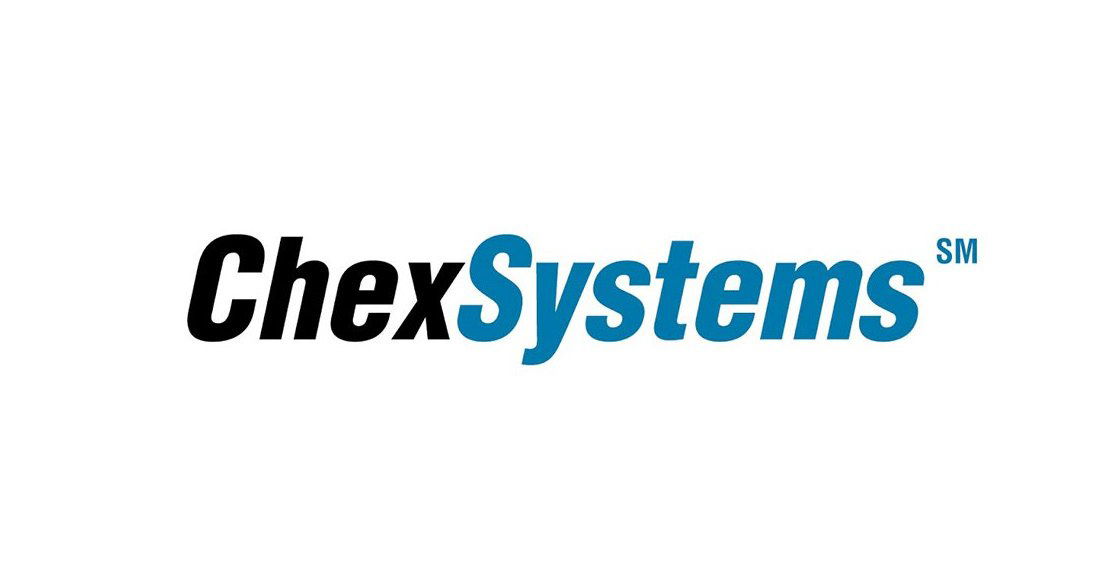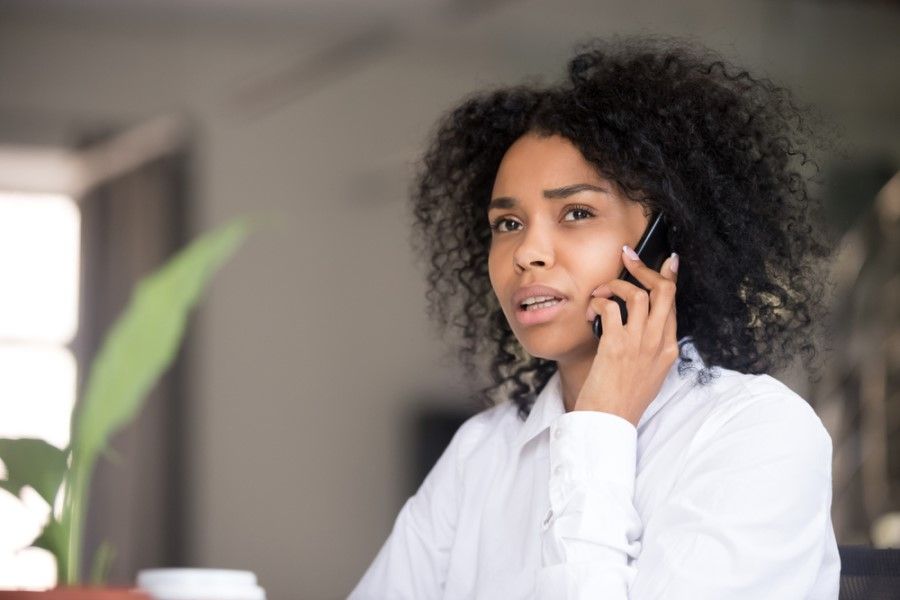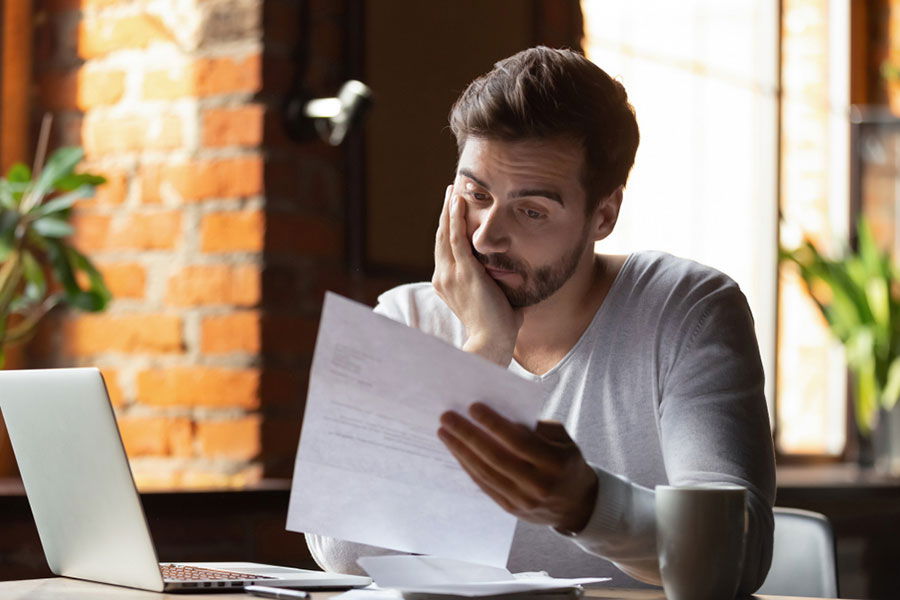If your bank has closed your account, getting it reopened isn’t always easy—or even possible. In some cases, accounts shut down for minor reasons like inactivity or a small negative balance can be reinstated. But most of the time, once an account is closed, it stays closed.

Here’s what you need to know about why banks close accounts, what to do next, and how to avoid this problem in the future.
Why Banks Close Accounts
Banks can close an account at any time. They don’t have to keep your account open, even if you’ve been a customer for years. Here are the most common reasons they shut accounts down.
- No Balance or Negative Balance – If you leave your account at zero or negative for too long, the bank may close it. Negative balances can lead to overdraft fees and eventually collections.
- Too Many Overdrafts or Bounced Checks – Occasional overdrafts or bounced checks usually aren’t a problem, but frequent ones can make the bank see you as a risk.
- Too Many Transfers – Savings accounts often limit transfers to six per month. Going over that limit repeatedly may lead to account closure.
- Suspicious or Fraudulent Activity – If the bank suspects fraud or illegal activity, it may shut your account immediately, often without notice.
- Violating Account Rules – Ignoring minimum balance requirements, exceeding transaction limits, or violating other account rules can also lead to closure.
- Bank Restructuring – Sometimes, banks eliminate older account types. If this happens, they might close your account and offer a different one instead.
See also: Best Checking Accounts With No Overdraft Fees
What to Do If Your Bank Account Is Closed
If your bank closes your account, act quickly to avoid bigger problems.
- Ask why – Banks don’t always have to explain why they closed your account, but many will if you ask. In some cases, the issue may be fixable.
- Stop direct deposits and automatic payments – Update your employer and any companies you pay automatically. If you don’t, paychecks and bills could bounce or be delayed.
- Check for outstanding overdrafts – If any checks or payments didn’t clear, cover them right away. Unpaid overdrafts can lead to more fees, having your account sent to a collection agency, and negative marks on your ChexSystems report.
- Get your ChexSystems report – You’re entitled to one free report per year. It will show any negative banking history that could stop you from opening a new account. If you find mistakes, dispute them.
- Plan your next steps – Depending on why the account was closed, you may be able to reopen it or open a new one elsewhere.
See also: How to Get Out of ChexSystems in 4 Simple Steps
How to Reopen Your Account or Start Fresh
If your account was closed, your first step is to contact the bank and ask if reopening is an option. Provide any documentation or payments needed to resolve issues like unpaid fees or negative balances. If the closure was due to inactivity or a minor issue, the bank may agree to reinstate your account, though you might need to make a deposit or meet other conditions.
If reopening isn’t possible, look for a new account elsewhere. Start by checking your ChexSystems report to understand your banking history. If it shows negative marks, seek out banks or credit unions offering second chance checking accounts, which are designed for people with past banking issues.
These accounts often have higher fees or restrictions, but they’re a good way to rebuild your banking record. Alternatively, consider banks that don’t use ChexSystems, as they may have more lenient requirements.
How to Prevent Future Closures
To avoid having another account closed, take these proactive steps:
- Monitor Your Balance – Regularly check your account to avoid negative balances or overdrafts. Set up alerts to notify you of low balances or unusual activity.
- Follow Account Rules – Read and understand your account’s terms, including minimum balance requirements, transfer limits, and fees. Stick to these rules to stay in good standing.
- Limit Overdrafts and Bounced Checks – Use overdraft protection if available, or keep a buffer in your account to cover unexpected expenses. Avoid writing checks without sufficient funds.
- Stay Active – Make regular deposits or transactions to prevent your account from being flagged as inactive. Even small, periodic transfers can help.
- Report Suspicious Activity Immediately – If you notice unauthorized transactions, contact your bank right away to avoid being flagged for fraud.
- Communicate with Your Bank – If you’re struggling to meet account requirements or facing financial difficulties, reach out to your bank. They may offer solutions like fee waivers or alternative account types.
Final Thoughts
A closed account can feel like a setback, but it’s also a chance to reset how you handle your money. Most people run into a banking hiccup at some point—it doesn’t define your financial future. What matters is how you respond.
Take this as an opportunity to build better habits, stay on top of your accounts, and choose banking partners that work with you, not against you. One closed account won’t stop you from moving forward.
And if you’re looking for a fresh start, consider bank accounts for bad credit or even a prepaid card while rebuilding your banking history.




